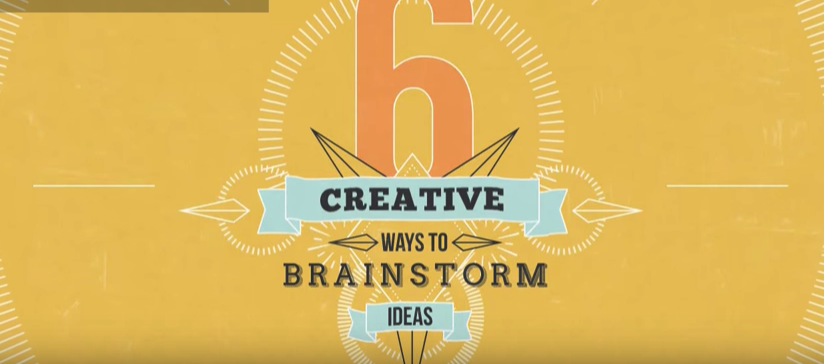Welcome to Designing Solutions!
Leave no stone unturned
Problems have been identified and sorted. A viable design problem has been selected. The need has been researched and backed up with credible sources. Now an engineering problem is ready to move forward to design!
Once again brainstorming enters the picture as design solutions are explored, modified, and articulated further. In this round of brainstorming, more considerations enter into the picture and change the approach. First, a reasonable design specification is generated that the team decides and agrees upon up front. Both how the design will perform (metrics such as accuracy and precision) and the way it will be bounded (constraints such as volume and power consumption) must be explored and articulated in a written document.
With a design specification in hand, the team is likely to proceed with brainstorming as a group rather than alone (where synergy in the different skills, backgrounds, and expertise of team members turn over every rock - leaving little unexplored in terms of solving the design problem). Mind mapping is one technique used to support highly productive brainstorming, but other techniques can support the design's team’s efforts to bring more alternatives to the table.
Learn more about how to get your creative juices flowing by clicking on the image below to watch a short video on brainstorming.
Problems have been identified and sorted. A viable design problem has been selected. The need has been researched and backed up with credible sources. Now an engineering problem is ready to move forward to design!
Once again brainstorming enters the picture as design solutions are explored, modified, and articulated further. In this round of brainstorming, more considerations enter into the picture and change the approach. First, a reasonable design specification is generated that the team decides and agrees upon up front. Both how the design will perform (metrics such as accuracy and precision) and the way it will be bounded (constraints such as volume and power consumption) must be explored and articulated in a written document.
With a design specification in hand, the team is likely to proceed with brainstorming as a group rather than alone (where synergy in the different skills, backgrounds, and expertise of team members turn over every rock - leaving little unexplored in terms of solving the design problem). Mind mapping is one technique used to support highly productive brainstorming, but other techniques can support the design's team’s efforts to bring more alternatives to the table.
Learn more about how to get your creative juices flowing by clicking on the image below to watch a short video on brainstorming.
This module in the Basic Engineering Design Suite will take the student through the process of defining a useful design specification and identifying possible solutions to the design problem that are likely to meet that specification.
Learn more about Designing Solutions
during the Engineering Design Cycle:
Presentation (.pdf) -- Identify Possibilities
Presentation (.pdf) -- Design Specification
Audio Recording (Youtube) -- Identify Possibilities
Audio Recording (Youtube) -- Design Specification
Assignment in MS Word (.docx) or Portable Document Format (.pdf)
Quiz in MS Word (.docx) or Portable Document Format (.pdf)
Identify possible designs… and enjoy!
This suite of educational tools supports the Engineering Design Cycle, from beginning to end, in a way that allows the student to pursue open-ended engineering design from idea to prototype to redesign. These tools can be useful, for both teaching and learning, in a capstone design experience, other design classes, as well as in extracurricular or any other activities that involve formal design.
Explore More:
Overview
Identify the Problem
Research the Need
Select the Best Solution
Construct a Prototype
Test and Evaluate
Present the Solution
Redesign and Iterate
Acknowledgements:
This work was funded in part by the National Science Foundation (DUE-1245464). Any opinions, findings, and conclusions or recommendations expressed in this material are those of the author(s) and do not necessarily reflect the views of the National Science Foundation.
This work was funded in part by the National Science Foundation (DUE-1245464). Any opinions, findings, and conclusions or recommendations expressed in this material are those of the author(s) and do not necessarily reflect the views of the National Science Foundation.


